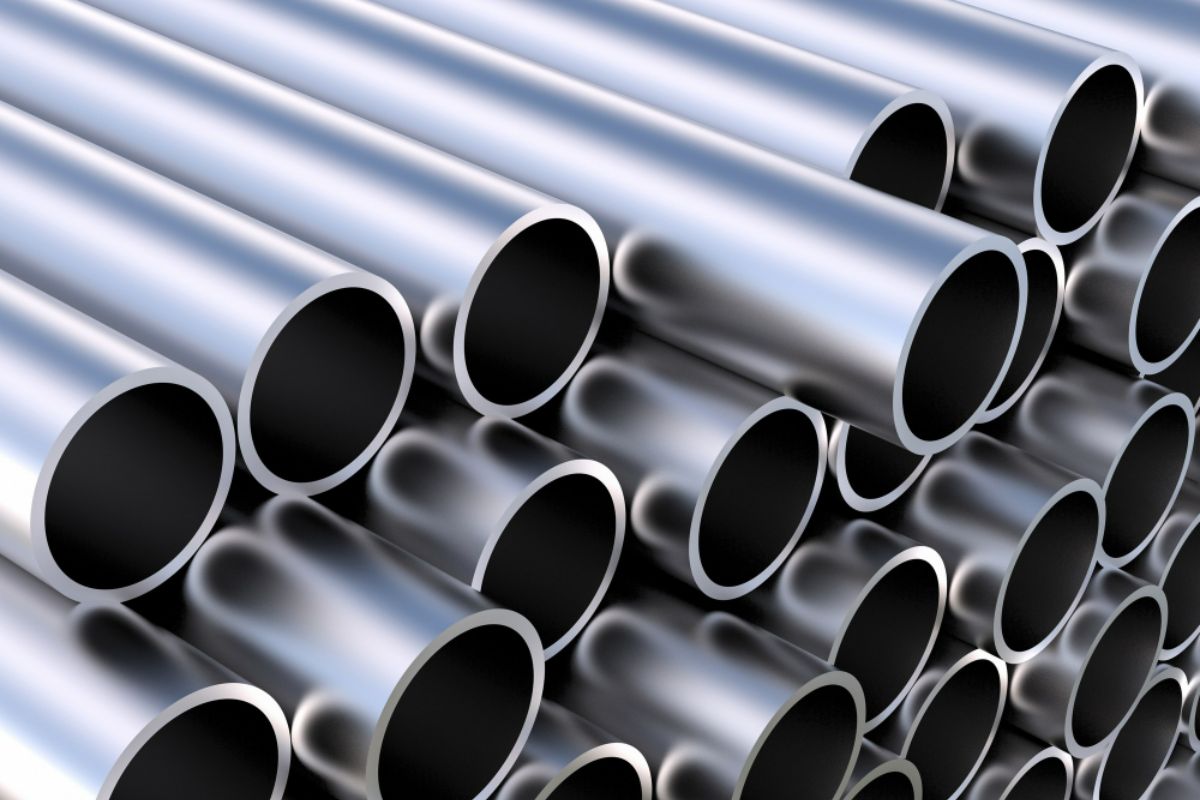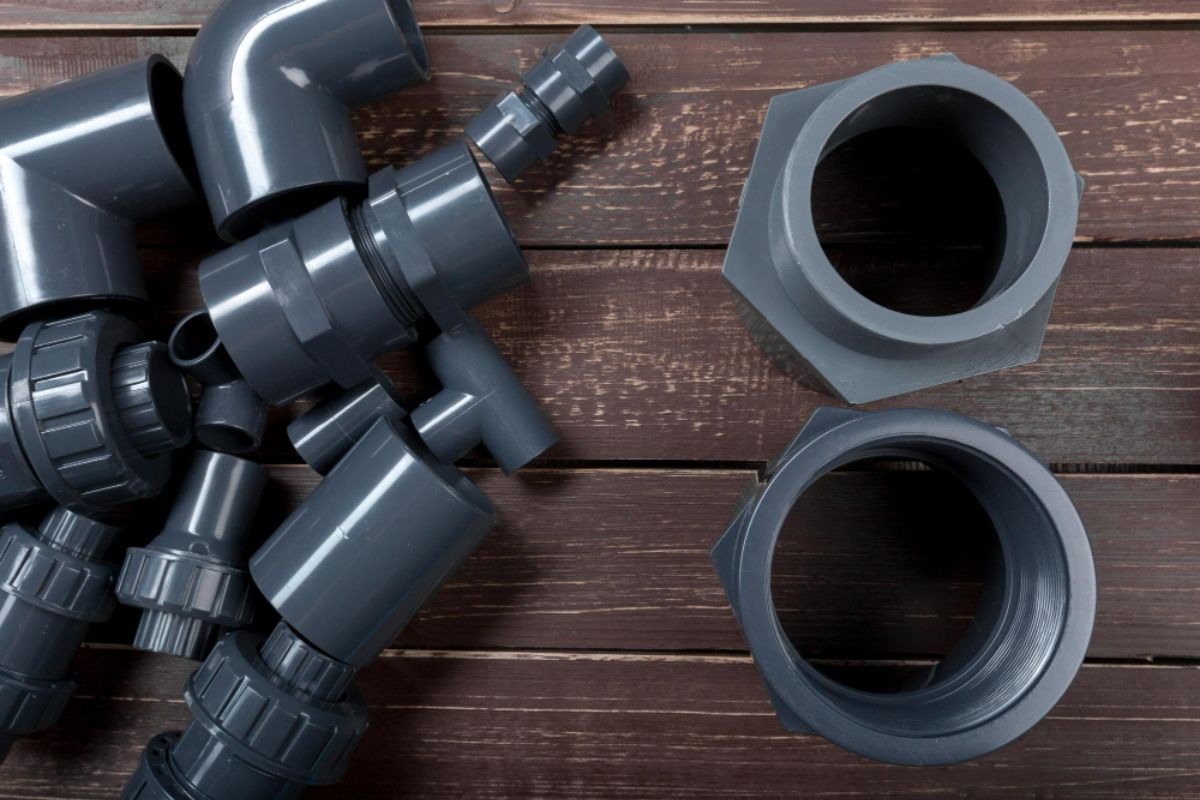
How to Use Galvanized Pipes for Repairs and Upgrades
How to use galvanized pipes for repairs and upgrades?
- Assess the situation
- Gather materials and tools
- Measure and cut
- Assemble pipes and fittings
- Regular maintenance
Overview
- Knowing how to use galvanized pipes for repairs and upgrades not only ensures the reliability, effectiveness, and safety of your projects. It also promotes environmental responsibility and resource efficiency.
- Maintenance and assessing the situation help prevent corrosion and deterioration of these galvanized pipes over time.
- Measuring and cutting are important steps in utilizing galvanized pipes for repairs and upgrades, ensuring proper fit, flexibility, aesthetics, and cost-effectiveness across a range of applications and industries.
Galvanized pipes are commonly used in various applications due to their durability, corrosion resistance, and longevity. Proper utilization of these pipes guarantees that you maximize the benefits of these qualities, resulting in a reliable and long-lasting infrastructure system.
In this article, we will explore how to use galvanized pipes for repairs and upgrades, prolonging the lifespan of materials and minimizing waste.
Assess the Situation
Assessing the situation allows you to determine the extent of the damage or deterioration in the existing pipes. This helps you decide whether repair or replacement is necessary. This evaluation helps you make sure you’re allocating resources appropriately and avoiding unnecessary expenses.
It also helps you identify any underlying issues, such as corrosion, leaks, or structural weaknesses in the plumbing system. Understanding these issues allows you to address them effectively during the repair or upgrade process.
Gather Materials and Tools

Gathering materials and tools ensures that you have everything you need on hand to complete the project efficiently. This includes galvanized pipes of the appropriate size and length, fittings, connectors, sealants, and any specialized tools required for cutting, threading, and joining the pipes.
Having all the necessary materials and tools gathered beforehand minimizes disruptions during the process. It allows you to work continuously without having to pause frequently to search or purchase additional items, saving both time and effort.
Measure and Cut
The precise measurement ensures that the pipes fit perfectly within the designated space, minimizing the risk of leaks, gaps, or improper alignment. This is crucial for achieving a proper fit and preventing unnecessary waste of material.
To do this, use a tape measure to determine the length of pipe required for your repair or upgrade. Measure from the point where the pipe will be connected to the existing plumbing to where it will connect to the new fixture or pipe then cut the excess.
This allows you to customize the pipes to fit specific dimensions and configurations required. This flexibility ensures that they can adapt to various layouts and structures, enhancing the versatility of their use.
Assemble Pipes and Fittings

Assembling pipes and fittings allows you to connect individual components to form a cohesive system that aligns with the specifications of the project. By securely joining pipes and fittings, you create a string infrastructure capable of withstanding the intended use and environmental conditions.
This also facilitates the customization of the system to accommodate specific layouts and configurations. This enables you to adapt the system to varying requirements, ensuring compatibility with existing structures and optimizing functionality.
Furthermore, this promotes efficiency and productivity during the repair and upgrade process. By systematically joining components according to a predetermined plan, you simplify the installation process, saving time and labor costs.
Regular Maintenance
Regular maintenance is vital when utilizing galvanized pipes for repairs and upgrades in various applications. It helps prevent corrosion and deterioration of the pipes over time. By inspecting the pipes regularly and addressing any signs of wear and damage promptly, you can extend their lifespans and minimize the need for costly repairs or replacements.
This ensures the continued functionality and order of the system. By keeping the pipes clean, clear, and free from obstructions, you can optimize the flow of fluids and maintain consistent performance.
Regular maintenance also promotes safety by addressing any hazards or vulnerabilities in the system. By keeping the pipes and associated components in good condition, you reduce the risk of accidents, injuries, or environmental damage.
Key Takeaway
Caring about how to use galvanized pipes for repairs and upgrades demonstrates a commitment to quality and safety. Whether you’re repairing existing systems or upgrading infrastructure, prioritizing proper techniques and procedures ensures that the result meets industry standards and regulatory requirements. This results in reducing liability and potential hazards.
Looking for a reliable steel pipes supplier in the Philippines? Supreme Steel Pipe Corporation is your trusted partner for high-quality products and exceptional service. We offer a comprehensive range of steel pipes to suit your project needs, ensuring you find the perfect fit. Don’t settle for anything less than the best. Contact us today and experience the difference.


